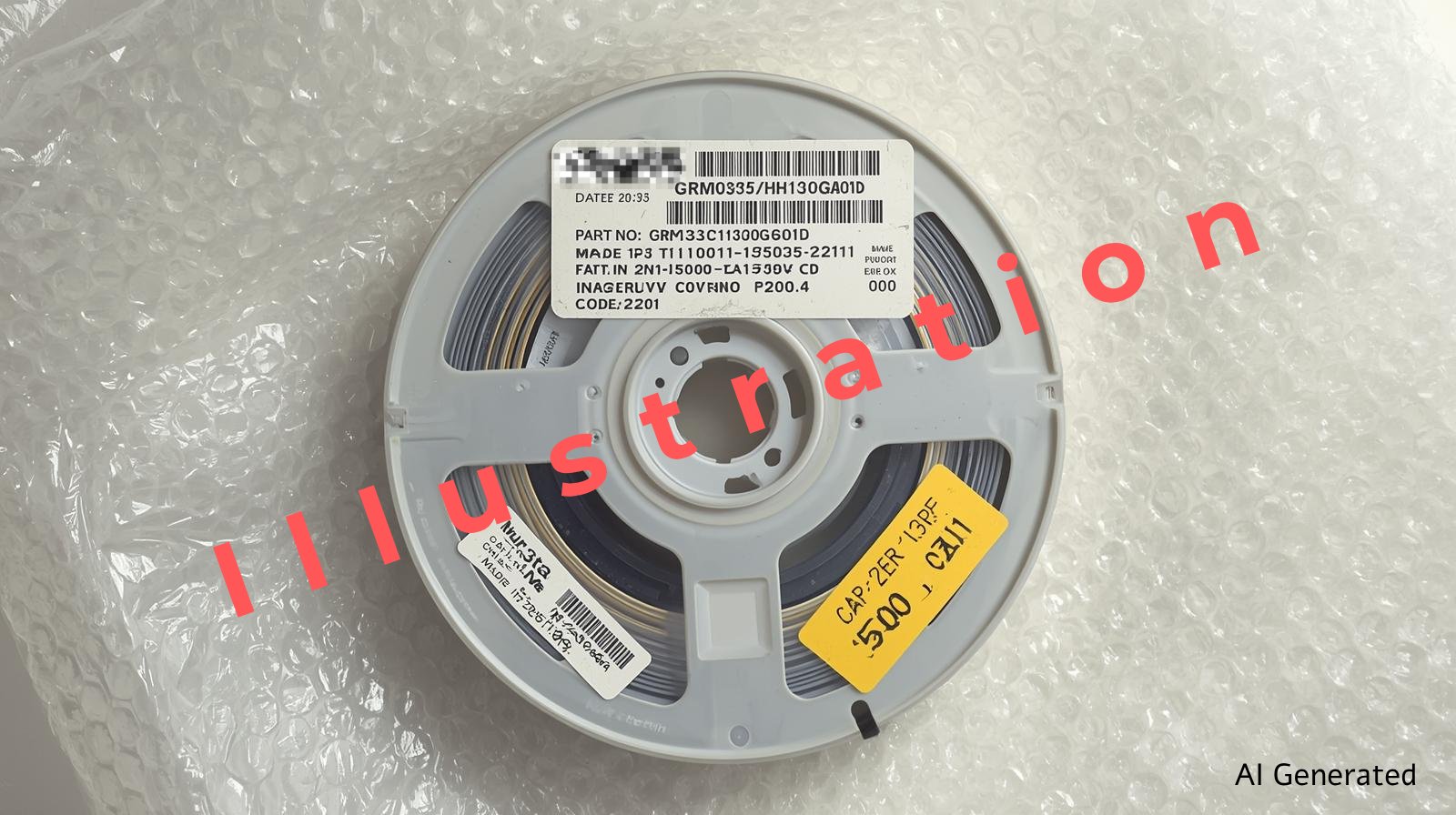Written by: Oshri Cohen, CEO of Cybord AI
In cybersecurity, “Zero Trust” has become the gold standard: assume nothing is safe until it’s verified. Today, it’s time to borrow that mindset for electronics manufacturing. As supply chains stretch across continents, and assemblies incorporate millions of unseen components, blind trust has become a liability.
Recent high-profile failures – from sweeping automotive recalls to aviation malfunctions and even datacenter disruptions – expose how deeply hidden component flaws or malicious insertions can ripple outward into safety, security, and business continuity. We can no longer rely solely on documentation, sampling, or supplier assurances. Instead, manufacturing must embrace Zero Trust Manufacturing: inspect every part, validate every assembly, and verify integrity at every stage.
Recalls and Failures: The Cost of Blind Trust
The auto industry has been repeatedly hit by sweeping recalls driven by defective electronic components. In July 2025, Ford recalled over 312,000 vehicles – including trucks and SUVs – because of faulty power brake assist modules that increased braking distances and safety risks. While not malicious, this recall illustrates how hidden defects deep inside complex electronic assemblies can have life-threatening consequences and massive financial impact.
In aviation, a single malfunctioning component can disrupt entire fleets. In April 2025, a faulty cargo-door sensor on a United Airlines Boeing 777 falsely indicated an open door mid-flight, forcing an emergency diversion and triggering passenger safety protocols. Here, one defective electronic part cascaded into a high-profile incident, underlining the precision required in aerospace hardware integrity.
Datacenter infrastructure – the unseen foundation of our digital economy – is not immune. In May 2025, Alaska Airlines grounded more than 150 flights when a hardware failure at a third-party data center caused a systems outage across its reservation and operations platforms. One failure in an unseen electronic subsystem rippled out to paralyze operations nationwide.
Even our power-grids are not immune to hardware risks. In May 2025, Reuters revealed that solar inverters deployed in power grids contained undocumented communication modules – “ghost” components capable of remote access and control. These weren’t software exploits; they were physical devices, invisibly soldered into critical infrastructure.
These failures share a common thread: components we can’t see, sourced from sprawling supply chains, were assumed to be trustworthy – until they weren’t.
This is the new frontier: threats, defects, or undocumented modifications baked into hardware itself. Once assembled, these components become nearly impossible to detect without tearing systems apart.
From Cybersecurity to Manufacturing: Zero Trust Principles
Cybersecurity adopted Zero Trust because perimeter defenses and implicit trust failed. Electronics manufacturing now faces a parallel moment. Key principles translate directly:
- Verify Everything: Every incoming component, not just random samples, must be inspected and validated.
- No Implicit Trust: Supplier documentation and certifications, while necessary, cannot be treated as proof.
- Continuous Validation: Inspection shouldn’t end at goods-in. Components must be verified during placement and post-assembly to catch late-stage tampering or mix-ups.
- Granular Traceability: Instead of broad recalls, precise part-level traceability enables pinpoint remediation and prevents unnecessary disruption.
This isn’t about cyber hygiene. It’s about applying rigorous, forensic-level inspection and validation to physical components – adopting the mindset that anything unverified is a potential risk.
Why Zero Trust Manufacturing Matters Now
Electronics are no longer confined to consumer gadgets. They steer cars, fly planes, stabilize power grids, and control medical devices. Every hidden component is a potential point of failure – or exploitation.
As supply chains grow more global and complex, the question isn’t if a defective or malicious component will slip through, but when. Zero Trust Manufacturing is how industries can preempt those risks – treating every component as untrusted until verified, and every assembly as a security-critical process.
A Call to Action
Zero Trust transformed cybersecurity by rejecting blind faith in networks and endpoints. Electronics manufacturing now needs the same revolution. To prevent the next catastrophic recall, aviation incident, or grid compromise, the industry must shift from trust by default to trust by inspection.
In this new era, trust isn’t granted. It’s earned. One verified component at a time.




